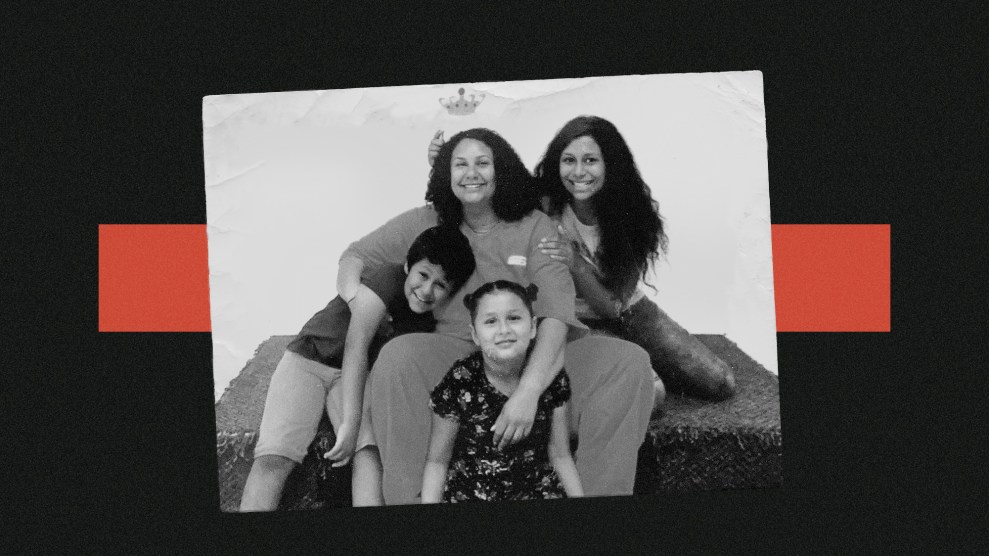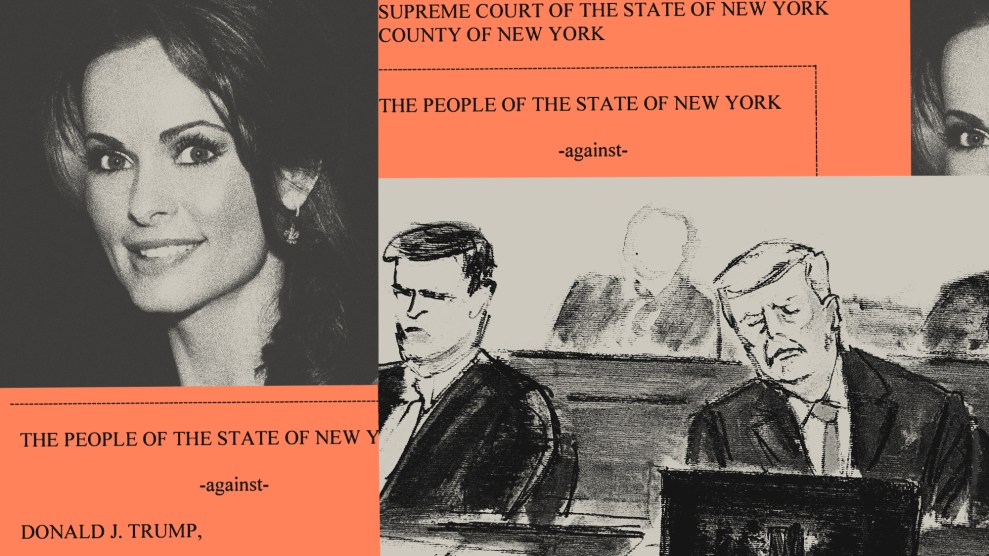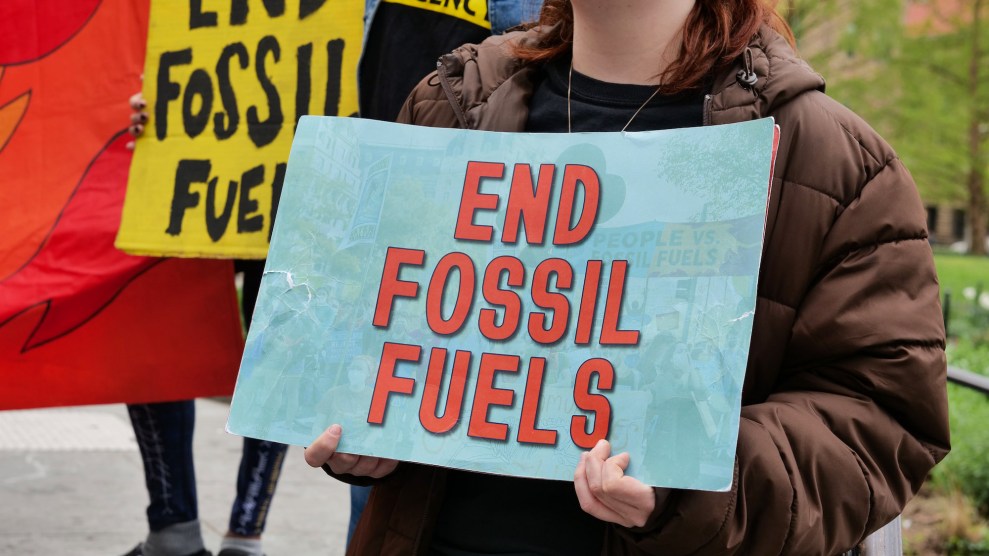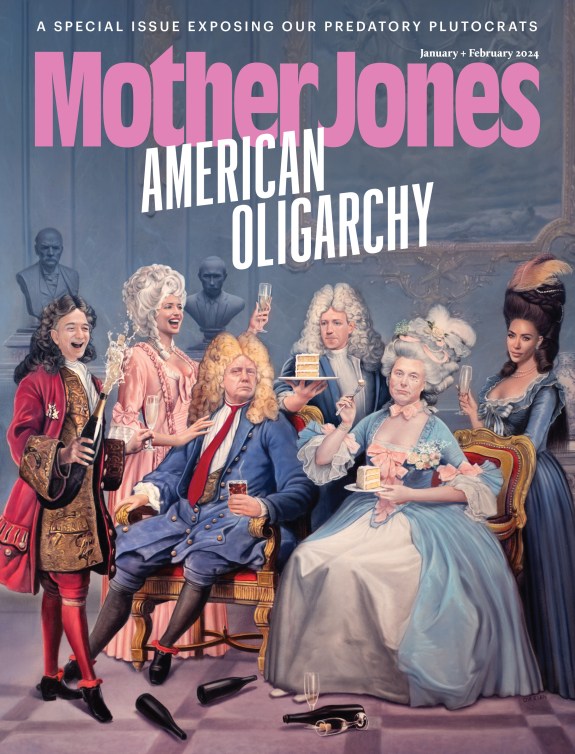Now that the split between the AFL-CIO and dissident unions seems all but official, it’s time to make a few predictions. The New York Times suggests that the labor split will hurt the Democratic party, as the various unions will spend more time squabbling with each other and less time coordinating get-out-the-vote efforts come election day. The SEIU and other Unite to Win unions, meanwhile, think that electoral politics ought to come second to an intense focus on organizing. They have a point; labor density has gone down under both Republicans and Democrats, so it’s not as if electing the latter to office has done them much good.
My more pessimistic take is this: neither organizing nor electoral politics will reverse labor’s long slide. Politics for the reasons given above. Organizing, because the numbers are just too overwhelming. A few years ago, Harvard economist Richard Freeman ran the numbers on this:
To fund a massive organizing campaign would take, moreover, huge union resources. Turning Paula Voos’s estimates of the marginal cost of organizing a new member into 2001 dollars, the cost of organizing a new member would appear to be on the order of $2,000 – though it could be as low as the $1,000 that is the rule of thumb for some unions and as high as $3,000. Adding half a million new members annually at $2,000 per member would then require spending $1 billion, or about 20 percent of total annual union dues. Adding 1 million members would take about 40 percent of total dues.
A million new members is nothing to sneeze at, and this is precisely the strategy SEIU and the other dissident unions are going for. Nonetheless, even a million new members—and this falls in the “optimistic” category—won’t fundamentally reverse the long decline in labor density. A million new members would only add a point in density; 500,000 new members would simply balance the loss of members due to workplace changes. So the Unite to Win unions are doing the noble thing, but ultimately they’re highly unlikely to pull off a structural shift in the layout of the labor land; at most they’ll stop the earth from being scorched.
I know I keep harping on this, but the historical record is instructive. Unions have traditionally exploded in size not because of a commitment to organizing, and not necessarily because of labor-friendly legislators in Washington, but largely because of historical accidents. Labor density has grown in “spurts,” due to factors that were often difficult to predict. Unions went forth, multiplied, and prospered during World War I, for instance, because developed Allied countries needed the full cooperation of labor to mobilize and fight their splendid little war, and a slew of labor-friendly compromises ensued. Likewise, union density grew during the Great Depression for obvious reasons—people saw the need for unions—and during World War II because the government yet again needed cooperation. It’s worth noting, though, that legislative compromise and popular support weren’t the only reason for labor’s success during the 1930s and 1940s—the rise of the industrial union, and the opening up of an entire new sector to organize, really fueled the surge in density.
So for those asking “What will save Labor?,” the answer probably isn’t “more commitment to organizing” or “elect more Democrats.” Presumably the answer will involve some new way of organizing—structured around the internet, perhaps—or the rise of a new sector of unions. Perhaps white-collar programmers angry about outsourcing will provide fertile new ground. Perhaps the Bush administration will drive the economy into the ground and the public will flock to unions. Still, the politicking vs. organizing debate going on right now seems much too narrow, and, sadly, a bit hopeless.















